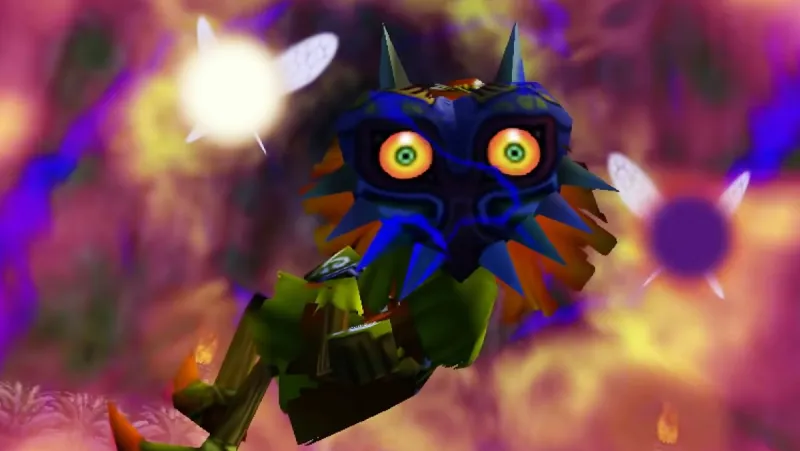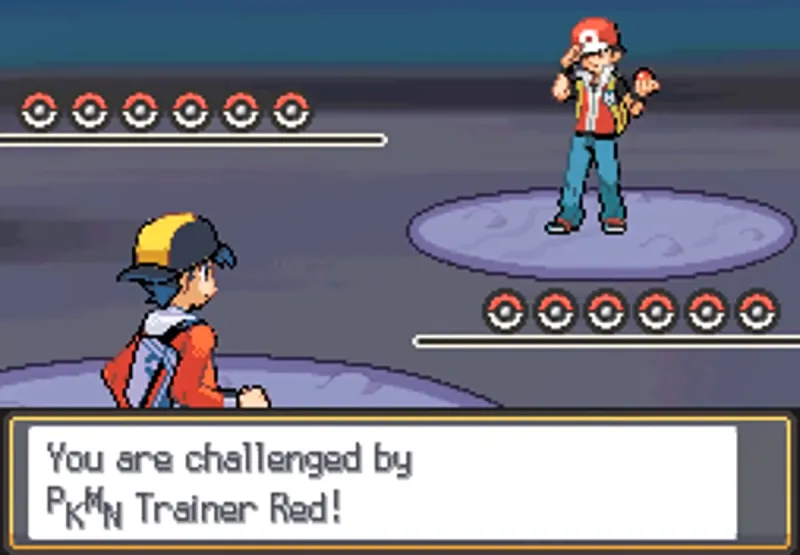“Listen to my story. This may be our last chance.” With those immortal words uttered by Tidus in the opening moments of 2001’s Final Fantasy X, my life changed forever. But it wasn’t just Tidus’ story that grabbed me. It was everything surrounding it – the cast of characters, the world, the conflicts, the power dynamics, the politics, and the relationships. All these elements gelled to create a potent recipe for an adventure I’ll vividly remember for the rest of my life.
Spoiler Warning: The following article contains spoilers to Final Fantasy X, Final Fantasy X-2, and Pokémon Gold & Silver
In the subsequent years, I’ve immersed myself in the world of Spira, learning everything I could about the world I fought so valiantly to save from the endless cycle of death perpetuated by Sin, Seymour, and Yevon. I watched YouTube lore videos, read Wikis, and replayed the game endlessly. In fact, I did everything imaginable save for one thing: play the direct sequel.
Despite my fixation on learning and experiencing everything Final Fantasy X had to offer, I never played 2003’s Final Fantasy X-2. Maybe it was the change in the battle system or the word of mouth that it wasn’t as good as X, but it wasn’t just Final Fantasy X-2 that I skipped. In fact, a few of my favorite games of all time did get direct sequels. And the key similarity binding them all together is that it took me years to finally continue these stories.

Another example is The Legend of Zelda: Majora’s Mask. I’ve replayed Ocarina of Time almost as many times as Final Fantasy X, yet I hadn’t played more than a few hours of its sequel. When I was young, I never owned the Nintendo 64 Expansion Pak required for Majora’s Mask. But I always yearned for another adventure with the Link from Ocarina of Time, and one had been waiting for me all along.
Then something happened. I finally played Pokémon SoulSilver, a 2010 remake of the direct follow-up to another favorite game of mine: 1998’s Pokémon Red and Blue. In addition to continuing the fight against Team Rocket, the story ends by allowing the player to return to Kanto, the region of Red and Blue, and interact with several familiar characters. In addition to these exciting reunions and battles, I loved witnessing the passage of time within a region I was already so familiar with. Years later, with The Legend of Zelda: Tears of the Kingdom poised to continue the story of my favorite game, Breath of the Wild, I decided it was finally time to revisit and continue the stories of Final Fantasy X and Ocarina of Time.
I began this by tackling Majora’s Mask; I figured giving myself a game between it and Tears of the Kingdom might be a good idea. I’m glad I did, not because I needed some kind of Zelda buffer, but because Majora’s Mask, while distinct, haunting, and compelling, doesn’t deliver the kind of continuation I was looking for. Yes, it’s the Link I remember from Ocarina of Time, but because it takes place in Termina instead of Hyrule, the events felt utterly removed from the story I loved.
I knew this going in, but I was hopeful I’d still receive some interesting lore drops outside of the main story. Those moments were few and far between, but I received an exciting experiment in how the Zelda formula could be expanded outside of what’s commonly expected of the series. Seeing all those characters I remember from Ocarina of Time, but as different people altogether, gives the game a dreamlike aura. And the new transformative gameplay mechanics and time-loop structure hammer home that Termina is much more than meets the eye. Majora’s Mask didn’t end up being my favorite Zelda game, nor did it deliver much in the way of expanding my understanding of Link or the Ocarina of Time Hyrule, but it scratched an itch other Zelda games do not.
Conversely, Final Fantasy X-2 provided the exact type of continuation I was looking for. Taking place years after the end of Final Fantasy X, you explore a Spira searching for an identity removed from the grips of Sin and a fanatical, oppressive religion. These themes of an entire people struggling with their identity while simultaneously reconciling that they don’t have much grasp on their own history gave me everything I wanted. Whether it’s Zanarkand transformed into a tourist attraction (which would absolutely happen) or the brewing war between the Ronso and Guado, seeing the consequences of everything that happened in Final Fantasy X play out was satisfying and enthralling.
I loved once again encountering the various characters Yuna had met on her pilgrimage in Final Fantasy X and watching as she grew beyond her role as a summoner. Seeing her struggle with a desire to be selfish for the first time in her life, even as Spira calls upon her once again, is the kind of continuation I was hoping to find. Final Fantasy X and Final Fantasy X-2 are games about coping with loss but in very different ways. Yuna experiences outward conflicts throughout both games, but as highlighted in X-2, her internal conflict is perhaps the most compelling narrative thread in either game. The games rhyme thematically, even though they tell very different stories, which makes them work. In fact, when X-2 revealed that another world-ending threat had emerged, I instantly longed for a time when we were catching up with what was going on in Spira and further exploring Yuna’s place in it.

Hollywood has caught on to the fact that people want to continue the stories of their younger days and has cashed in considerably on the nostalgia factor. Movies like Top Gun: Maverick, Star Wars: Episode VII – The Force Awakens, and Creed have all shown that carrying forward in the universe of favorite films from the past, all while delivering a mix of heavy-handed nostalgia and giving the audience reason to be excited for the future thanks to a charming cast of new characters, can be a winning formula. But that’s not what these games were, even if I experienced them in that way. Still, I’m a sucker for a continuation of a story, and I’m upset that I waited so long to discover the journey through Majora’s Mask and Final Fantasy X-2.
But that’s what made them special for me; by now, I know Ocarina of Time and Final Fantasy X so well that having more to experience as an adult in his mid-30s feels like a sentimental return to a special part of my youth. Even if I didn’t like Final Fantasy X-2 and The Legend of Zelda: Majora’s Mask as much as their predecessors, I’m so glad I finally took the time to deepen my connection with those worlds and characters. Now, when I return to the worlds of Spira of Final Fantasy X and the Hyrule of Ocarina of Time, I’ll do so with a deeper understanding and greater appreciation for those inaugural adventures. And with Tears of the Kingdom finally here, I excitedly dove back into that world and story that I adored so much – this time, without waiting.
This article originally appeared in Issue 356 of Game Informer. For more on Brian’s experience playing Majora’s Mask in 2023, listen to that episode of All Things Nintendo here.
Stay connected with us on social media platform for instant update click here to join our Twitter, & Facebook
We are now on Telegram. Click here to join our channel (@TechiUpdate) and stay updated with the latest Technology headlines.
For all the latest Gaming News Click Here
